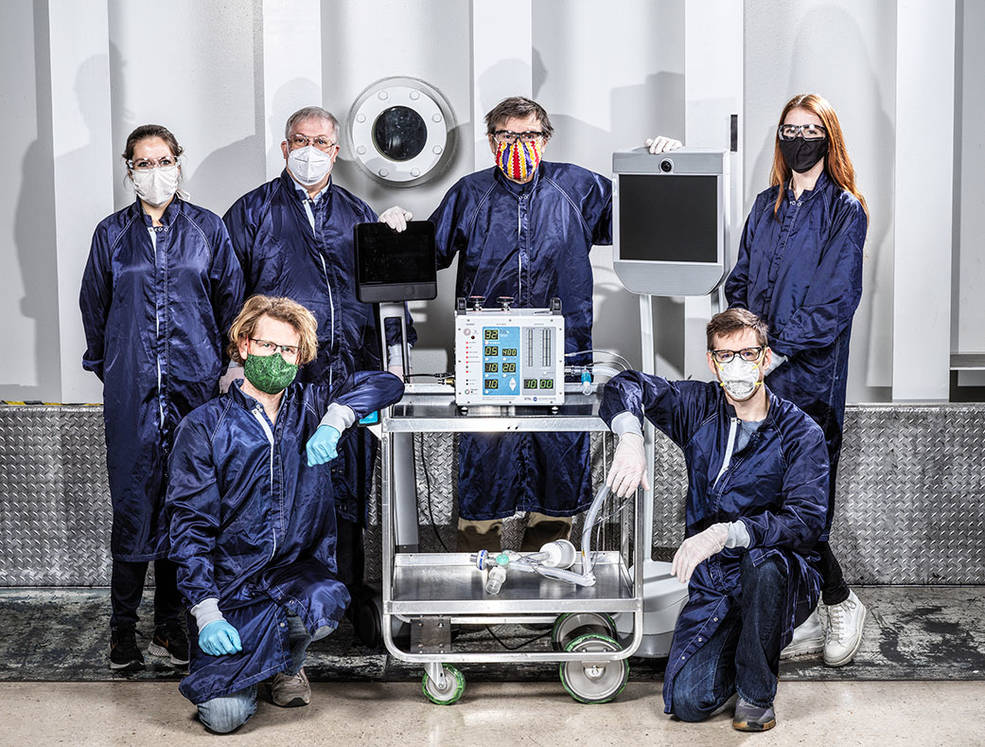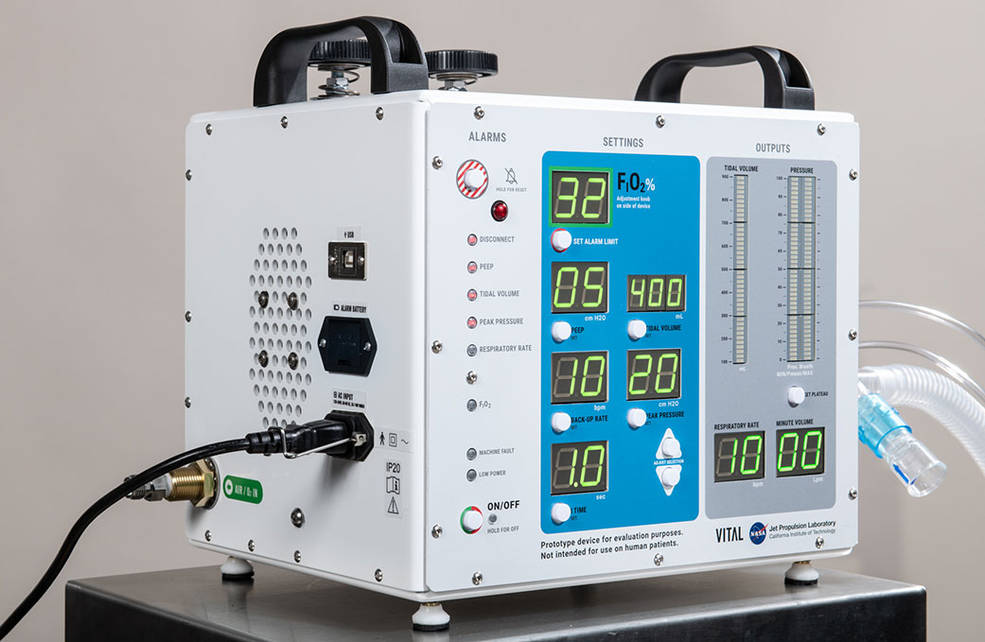We’re living unprecedented times and NASA has been asked to help in the crisis. It did.
Although NASA is typically tasked with space-related missions, the agency’s immense engineering expertise can be applied to all sorts of technologies, solving all sorts of problems.
In just 37 days, the men and women at NASA’s Jet Propulsion Laboratory in Southern California who would normally work on putting rovers on Mars or designing new machine systems for spacecraft worked on something else. They have designed, built, and successfully tested a prototype for a new mechanical ventilator.
The Ventilator Intervention Technology Accessible Locally, or VITAL for short, was developed in record time and recently passed tests at the Icahn School of Medicine at Mount Sinai in New York City on a “high fidelity human patient simulator.”
“We specialize in spacecraft, not medical-device manufacturing,” said JPL Director Michael Watkins. “But excellent engineering, rigorous testing and rapid prototyping are some of our specialties. When people at JPL realized they might have what it takes to support the medical community and the broader community, they felt it was their duty to share their ingenuity, expertise and drive.”

Traditional ventilators that are equipped inside emergency rooms are designed for the intensive care of patients with a broad range of medical issues. They’re built to last for years.
Although similar in many ways, VITAL was designed specifically with COVID-19 in mind. It has fewer parts than a traditional ventilator so it can be manufactured a lot faster and has a designated operating life of only a couple of months rather than years.
“Intensive care units are seeing COVID-19 patients who require highly dynamic ventilators,” said Dr. J.D. Polk, NASA’s chief health and medical officer. “The intention with VITAL is to decrease the likelihood patients will get to that advanced stage of the disease and require more advanced ventilator assistance.”

Like all ventilators, VITAL requires patients to be sedated and an oxygen tube inserted into their airway to breathe. The prototype passed initial tests with flying colors and is now pending emergency approval by the FDA.
“We were very pleased with the results of the testing we performed in our high-fidelity human simulation lab,” said Dr. Matthew Levin, Director of Innovation for the Human Simulation Lab and Associate Professor of Anesthesiology, Preoperative and Pain Medicine, and Genetics and Genomics Sciences at the Icahn School of Medicine. “The NASA prototype performed as expected under a wide variety of simulated patient conditions. The team feels confident that the VITAL ventilator will be able to safely ventilate patients suffering from COVID-19 both here in the United States and throughout the world.”


